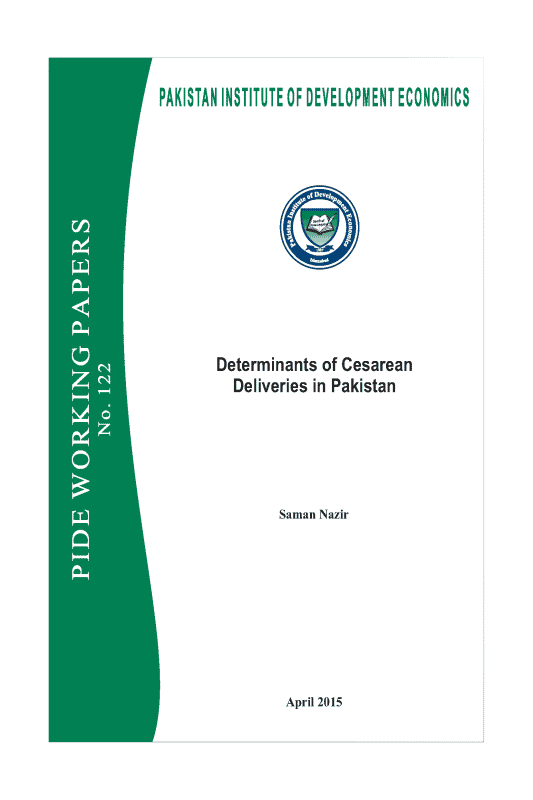Determinants of Cesarean Deliveries in Pakistan
Role of cesarean section (C Section) is acknowledged worldwide to safe maternal and neonatal life, and especially in countries like Pakistan where maternal health care is not satisfactory. But there is a concern on rising rates of cesarean deliveries as it is found very high in urban areas of Pakistan that is about 25%. The current study focuses on the clinical, socio-economic and demographic determinants of cesarean deliveries in Pakistan. Pakistan Demographic and Health Survey 2012-13 has been used for both bi and multivariate analysis. Clinical factors are turned out to be important determinates of C section in Pakistan. Among socio-economic factors women who are educated, increasing age, rich, living in urban area, and receiving institutional antenatal care are at higher risk of having C section. Further qualitative research is needed to answer this question like, why woman with better socio economic profile have higher C section rates.




